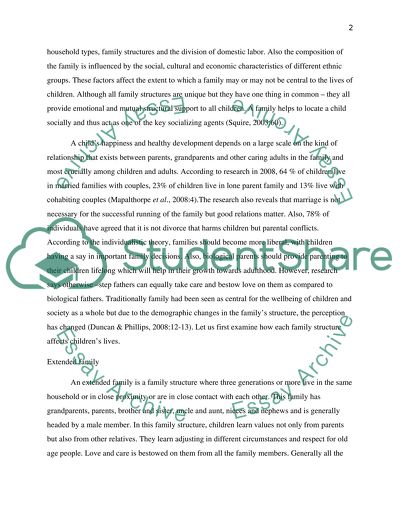Cite this document
(“Family socilogy (The influence of the family structure) Essay”, n.d.)
Retrieved de https://studentshare.org/education/1390373-family-socilogy-the-influence-of-the-family-structure
Retrieved de https://studentshare.org/education/1390373-family-socilogy-the-influence-of-the-family-structure
(Family Socilogy (The Influence of the Family Structure) Essay)
https://studentshare.org/education/1390373-family-socilogy-the-influence-of-the-family-structure.
https://studentshare.org/education/1390373-family-socilogy-the-influence-of-the-family-structure.
“Family Socilogy (The Influence of the Family Structure) Essay”, n.d. https://studentshare.org/education/1390373-family-socilogy-the-influence-of-the-family-structure.


